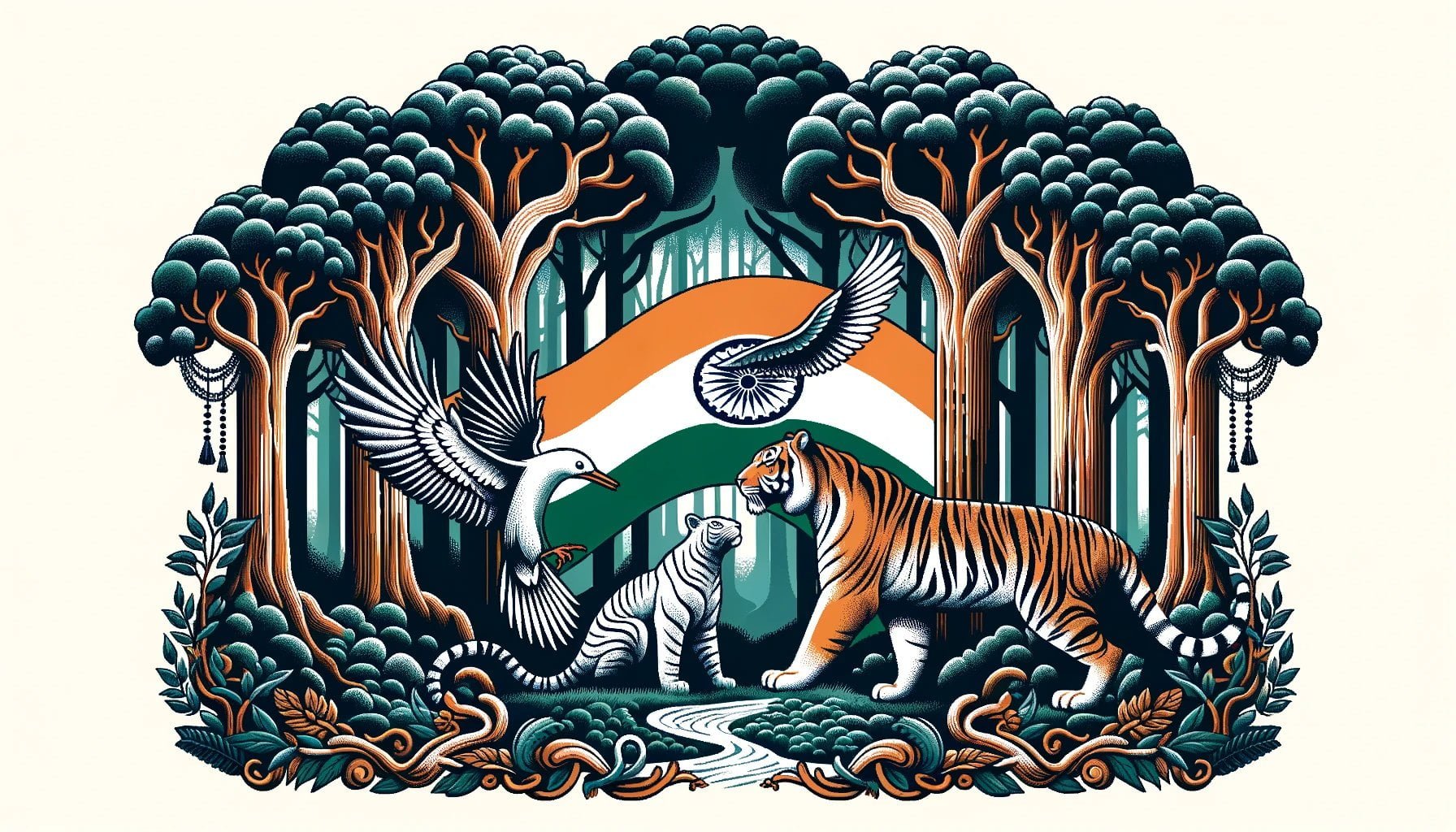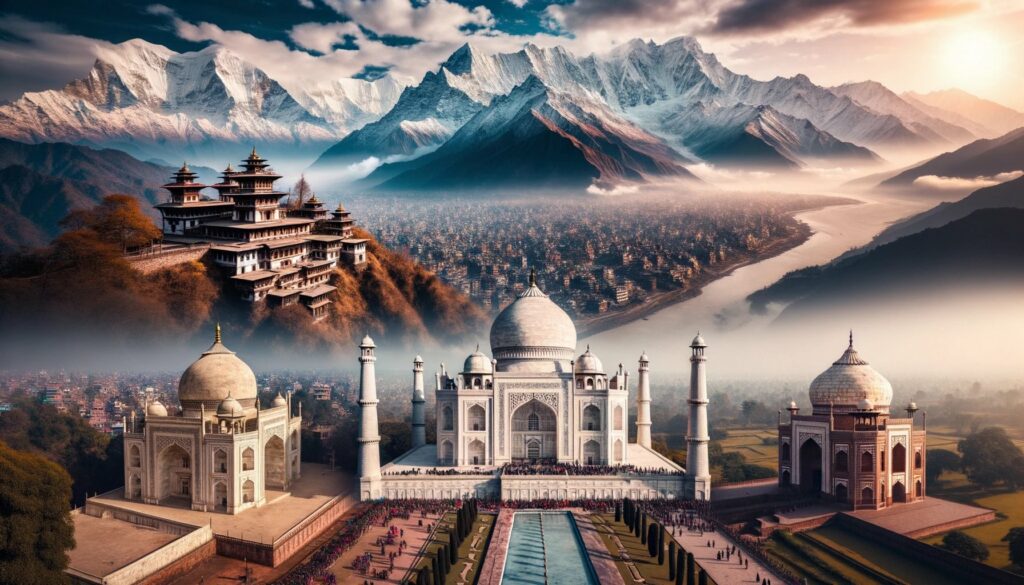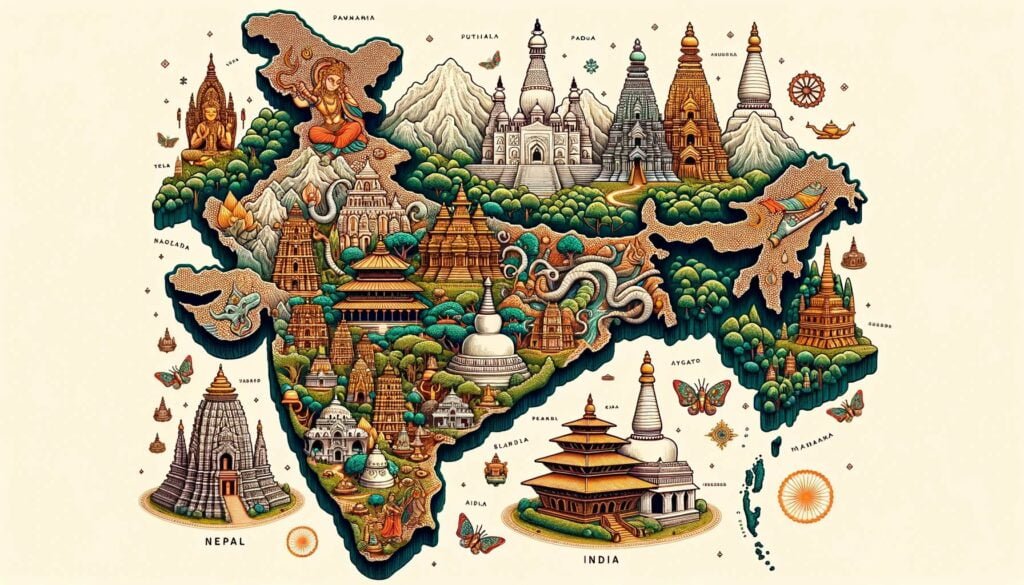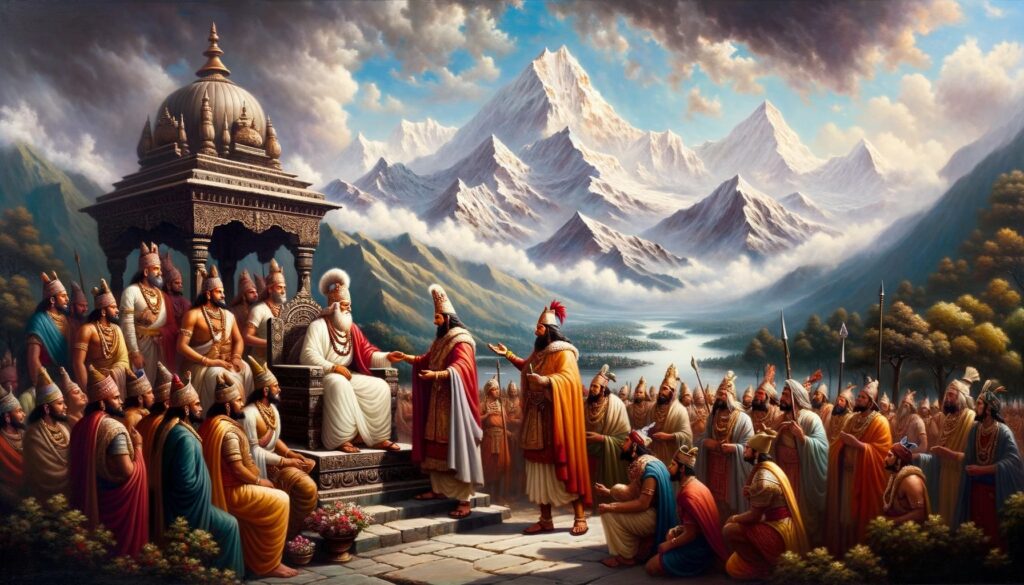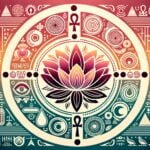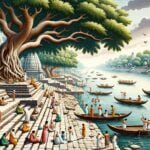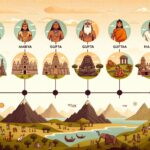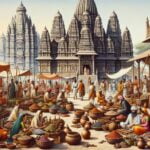The question of whether Nepal is older than India has long been a subject of debate and intrigue in the realm of South Asian history. In this article, titled “Deciphering Antiquity: Nepal’s Age in Relation to India”, we will delve into the historical context and examine the available evidence to shed light on this fascinating topic. Drawing on my expertise as a historian and cultural anthropologist, we will explore the origins of these ancient civilizations and dissect archaeological findings and historical texts to unravel the relative antiquity of Nepal and India.
Is Nepal older than India?
As a historian and cultural anthropologist with a deep understanding of South Asian history and civilization, I am often asked about the relative antiquity of Nepal and India. In this article, let’s explore the historical context and archaeological evidence to decipher if Nepal is indeed older than India.
Tracing the Origins
To determine the age of a nation, we must go back in time and examine the earliest traces of human civilizations in the region. Both Nepal and India have rich and ancient histories that date back thousands of years. The history of both countries is intertwined with kingdoms, empires, and various ruling dynasties.
Ancient Connections
Nepal and India share a border and have a long history of cultural exchange and interaction. The movement of people, ideas, religion, and trade has been fluid between the two nations for centuries. The open border allows for free movement, and there are strong religious, cultural, and marital ties between the people of Nepal and India.
Architectural Marvels
When we consider the architectural heritage of both countries, we find magnificent ancient structures that showcase the skill and craftsmanship of their builders. India is home to architectural wonders like the Taj Mahal, while Nepal boasts stunning temples and palaces, including the famous Pashupatinath Temple and Durbar Squares.
Digging into the Past
Archaeological excavations have revealed prehistoric sites in the Siwalik hills of Nepal. These sites provide valuable insights into the early human settlements in the region. However, it is important to note that archaeological evidence alone cannot determine the relative antiquity of Nepal and India as sovereign nations.
The Rise of Modern Nations
Formally speaking, Nepal was officially formed on September 25, 1768, when the Shah dynasty unified the country. In comparison, India’s modern formation as a sovereign nation dates back to August 15, 1947, when it gained independence from British colonial rule.
Understanding Relative Age
Nepal’s official formation predates India’s by 178 years, 10 months, and 21 days. However, it is crucial to remember that this refers to the establishment of modern nations and does not reflect the entire historical timeline of the region. The concept of nation-states as we know them today is a relatively recent development.
Interpreting the Antiquity
While Nepal may be older than India in terms of formal statehood, it is necessary to dig deeper into history to unravel the complexities of the region. Both Nepal and India have rich ancient civilizations and intricate social structures that transcend national borders.
Conclusion
In conclusion, the question of whether Nepal is older than India is a multi-faceted one. While Nepal’s formation as a modern nation predates India’s, the ancient roots of both countries run deep. Key factors such as cultural connections, archaeological evidence, and historical developments all contribute to the understanding of their relative antiquity. By delving into the complexities of the past, we can gain a deeper appreciation for the shared history and cultural heritage of Nepal and India.
| Nepal | India | |
|---|---|---|
| Official Formation | September 25, 1768 | August 15, 1947 |
| Historical Significance | Rich and ancient history | Vast and ancient civilization |
| Architectural Heritage | Temples, palaces | Palaces, monuments, temples |
| Cultural Connections | Strong ties | Deep cultural exchange |
I hope this article helps shed light on the question of whether Nepal is older than India, using historical, archaeological, and cultural perspectives. Remember, history is a tapestry woven with various threads, and determining the relative antiquity of nations requires careful exploration and examination of multiple factors.
Ancient Indian civilization has long fascinated historians and archaeologists alike. Delve into the rich history and culture of this extraordinary civilization by clicking here. Unravel the mysteries of the Indus Valley civilization, marvel at the architectural wonders of ancient temples, and explore the profound spiritual beliefs that shaped a nation. From the birthplace of yoga to the invention of the decimal system, the ancient Indian civilization is an endless source of awe and inspiration. Join us on this journey of discovery and immerse yourself in the vibrant tapestry of India’s past.
FAQ
Q: Is there evidence to suggest that Nepal is older than India?
A: While the question of whether Nepal is older than India is a complex one, there is evidence to suggest that Nepal has a long and rich history. Archaeological findings in Nepal have uncovered ancient settlements and artifacts dating back thousands of years, indicating the presence of early human civilizations in the region. However, it is important to note that the concept of modern-day Nepal as a distinct political entity did not exist in ancient times, and the boundaries and identities of regions in South Asia have evolved over time.
Q: What historical factors contribute to the debate about the age of Nepal compared to India?
A: The debate about the age of Nepal compared to India is influenced by various historical factors. One factor is the presence of ancient civilizations and archaeological evidence in Nepal, such as the discoveries in the Kathmandu Valley. Another factor is the cultural and religious connections between Nepal and India, as both countries share a common heritage rooted in ancient South Asian civilizations. Additionally, historical texts and narratives play a role in shaping the understanding of the origins and antiquity of Nepal and India.
Q: How does the context of pre-modern South Asia affect the determination of Nepal’s age in relation to India?
A: The context of pre-modern South Asia has a significant impact on determining the age of Nepal in relation to India. In pre-modern times, the region now known as Nepal was part of larger political entities, such as the Licchavi Dynasty and later the Malla Dynasty. The boundaries and identities of these entities were fluid and often overlapped with other regions, including present-day India. Therefore, the determination of Nepal’s age requires an understanding of the historical context and the complexities of ancient South Asian societies.
Q: What role do historical texts and records play in determining the relative antiquity of Nepal and India?
A: Historical texts and records play an important role in determining the relative antiquity of Nepal and India. These texts provide valuable insights into the political, social, and cultural history of both regions. However, it is important to approach historical texts critically, considering the biases, interpretations, and limitations they may have. By analyzing and comparing historical texts from Nepal and India, historians can gain a deeper understanding of the historical connections and developments between the two regions.
Q: How do experts navigate the nuances of the debate about whether Nepal is older than India?
A: Experts in the field of South Asian history and anthropology navigate the nuances of the debate about the age of Nepal compared to India through a multidisciplinary approach. They combine archaeological findings, historical texts, linguistic analysis, and cultural studies to piece together the puzzle of ancient civilizations. By collaborating with local experts and conducting extensive research, historians strive to present an objective analysis that considers the complexities and intricacies of the historical and cultural context of Nepal and India.
